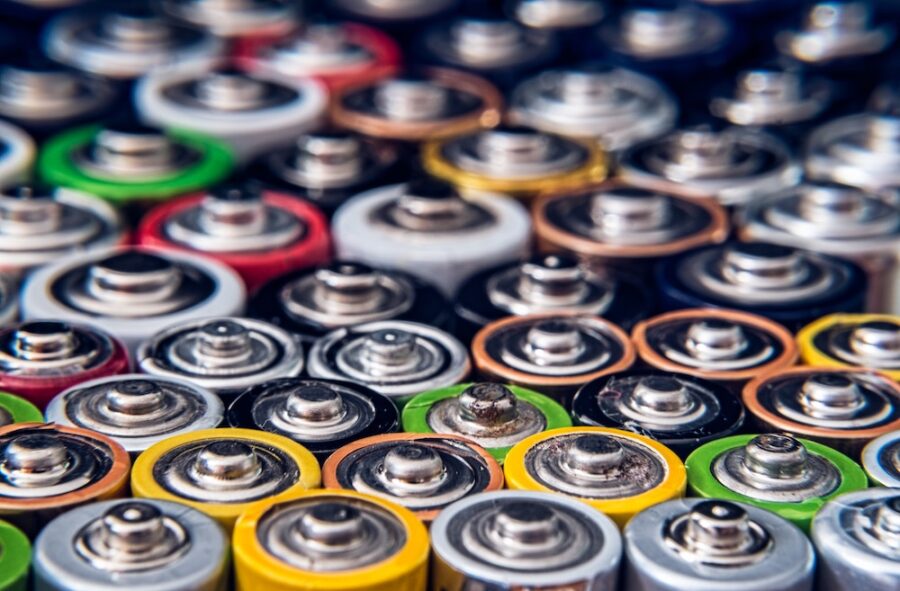Scientists Find New Way To Combat Cancer Using Batteries
A new method of cancer treatment uses batteries to remove the oxygen from tumors.

Batteries have many functions in our daily lives that are too important to be ignored. Nobody likes leaving the house without a phone charged at least 50 percent (though some like to live on the edge). And replacing the nine-volt in a smoke detector keeps it from making that pesky chirp every 30 seconds, so it’s always good to have a pack on hand. But a recent study tells us that batteries might have an even bigger life-saving function. According to Science News, batteries can be used in cancer treatment by reducing the amount of oxygen in tumors.
Though only in the preliminary stages, scientists have found a new way to combat cancer in mice by attaching a small self-charging zinc battery to solid, hypoxic tumors, which is the kind that we commonly see in breast cancer patients. Hypoxia is a common condition found in tumors involving reduced oxygen levels.
That means radiotherapy treatments and traditional chemotherapies can’t attack the tumor because there isn’t enough oxygen for proper blood flow to the cancerous region. However, researchers have found that hypoxic tumors can also provide a “target” for treatment of tumors through different methods.
In other words, hypoxia isn’t all bad, and through the use of hypoxia-activated prodrugs, or chemotherapeutic drugs that become activated in low-oxygen environments, tumors can be reduced significantly in size. And how do we remove the oxygen? By attaching a battery to the cancer, of course.
Researchers found that by attaching tiny, flexible batteries to tumors, they suck out the oxygen, allowing the cancer-killing hypoxia-activated prodrugs to do their work. And the results are astonishing. In just two weeks, the battery treatment alone was seen to reduce the size of tumors in mice by 26 percent.
What’s more, after the batteries work their magic, the hypoxia-activated prodrugs can be introduced to treat the cancer. The average tumor in this study shrank by 90 percent. Fan Zhang, who studies biomedical materials stated that the study looks promising, but is still only in its preliminary phases.

As of now, the study has only been conducted on mice with breast cancer, and the type of breast cancer in question is specific to mice.
Using batteries to suck the oxygen out of a tumor has a lot of potential in specific types of cancer treatment, but other studies have to be conducted before we know for sure. Zhang elaborated, stating, “It has to be tested in several breast cancer models, and also has to be tested in other cancer models. And, of course, in humans.”
Zhang and his colleagues are already hard at work figuring out how to make the batteries more flexible and powerful for cancer treatment in humans. But there’s still a long way to go. And a lot of research still has to be conducted on mice before scientists can start doing clinical trials on people.
That being said, the numbers don’t lie, and this medical advancement could prove to be quite successful if researchers continue to pursue this path.
One primary concern in this method of treatment is that although the battery helps greatly in reducing cancer in its test subjects, especially when compounded by hypoxia-activated prodrugs, there’s still 10 percent unaccounted for. But Zhang is hopeful that when combined with other cancer treatments that have proven to be successful in the past, it’s quite possible that this new innovation can stop cancer dead in its tracks if applied properly.












